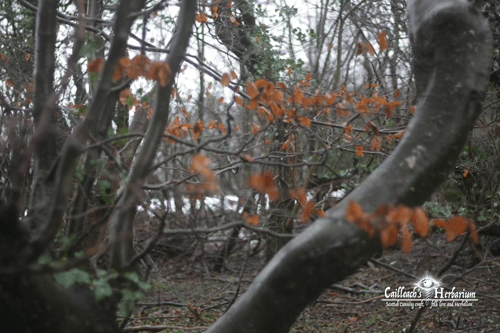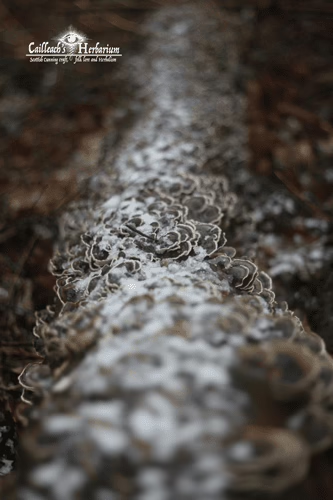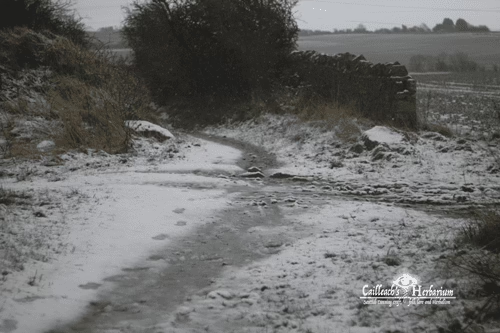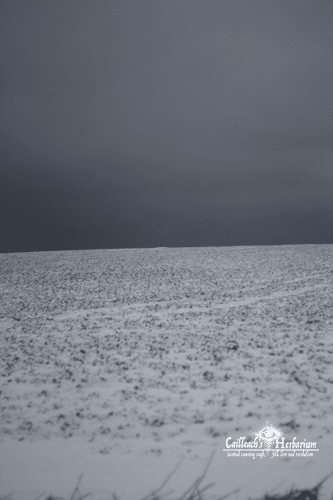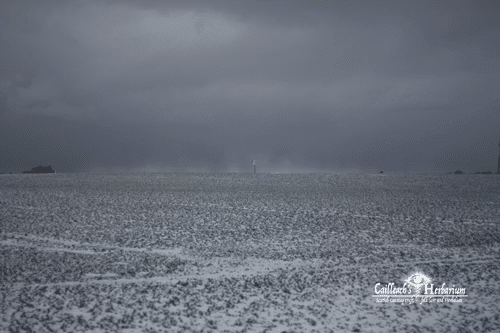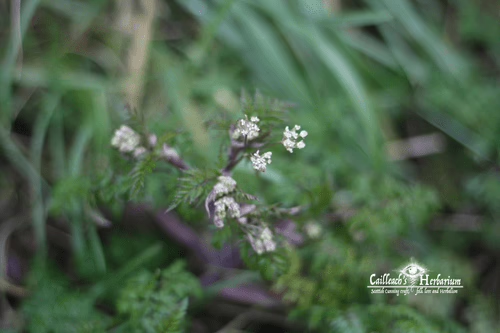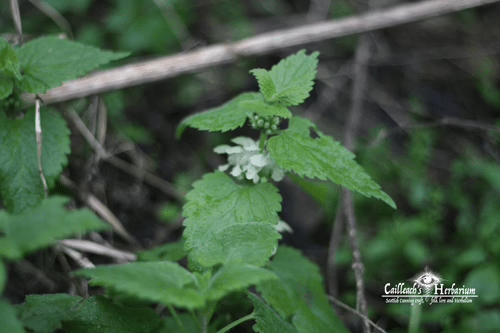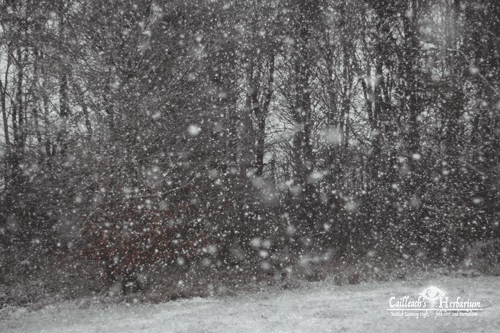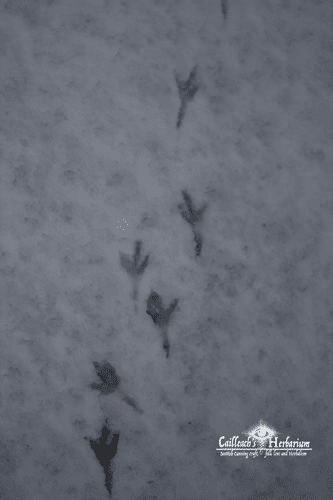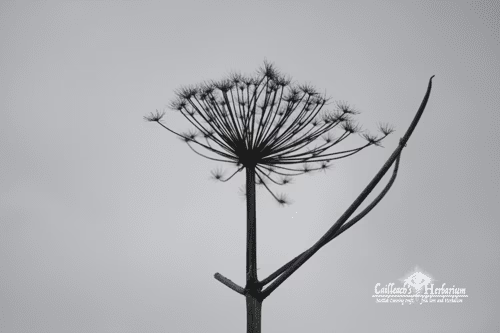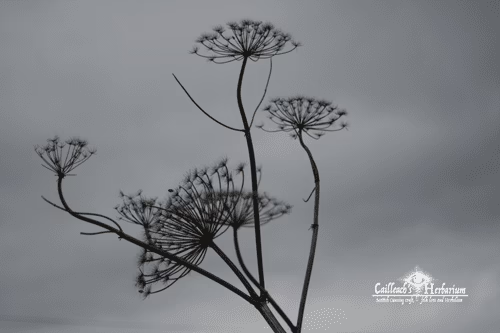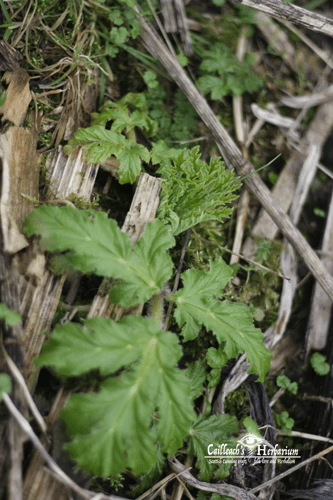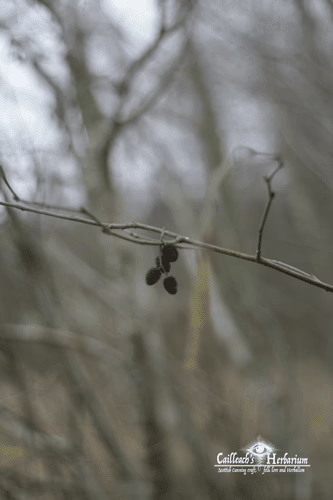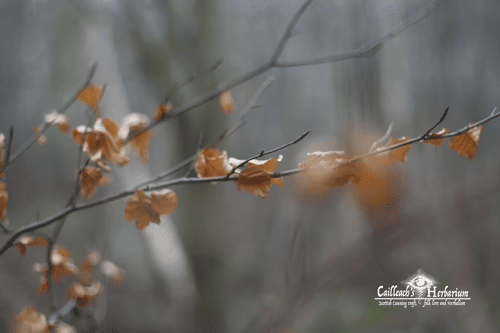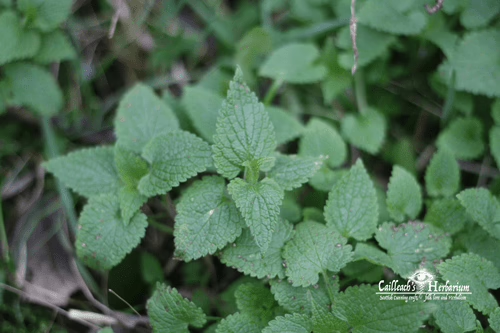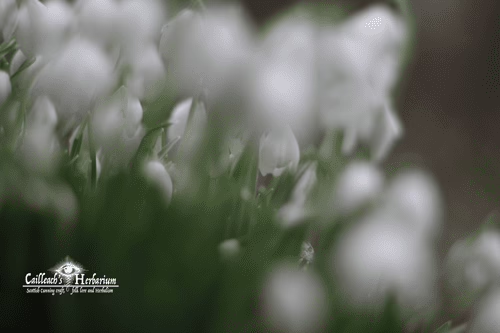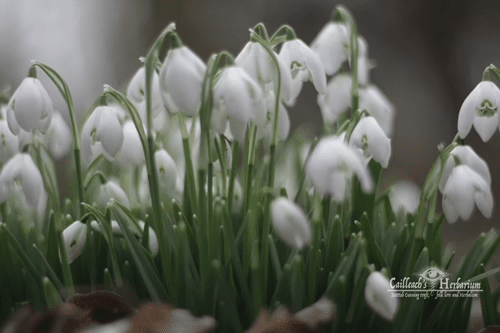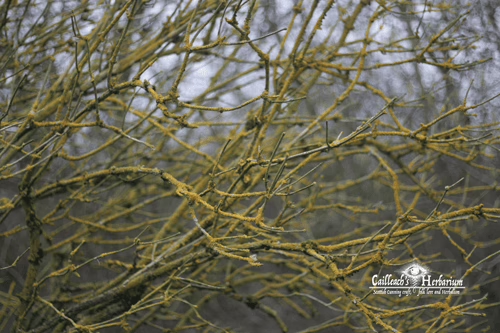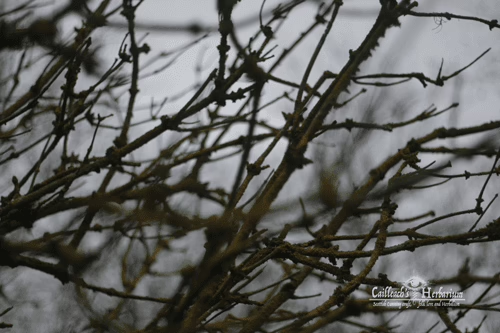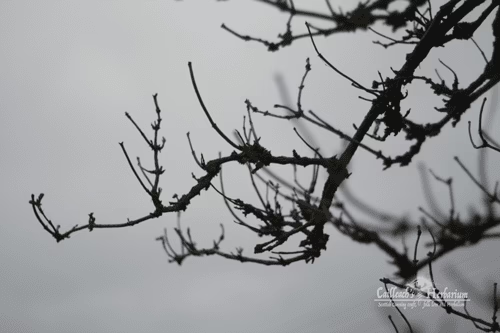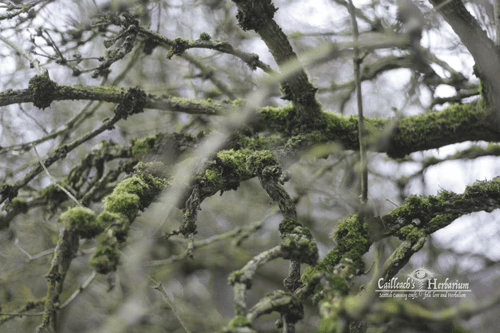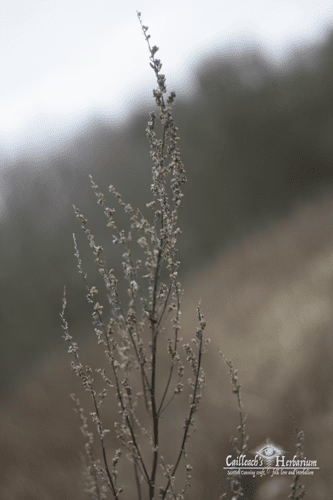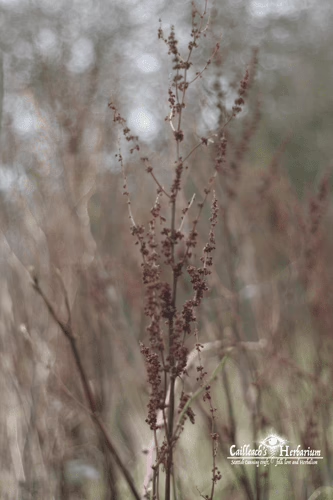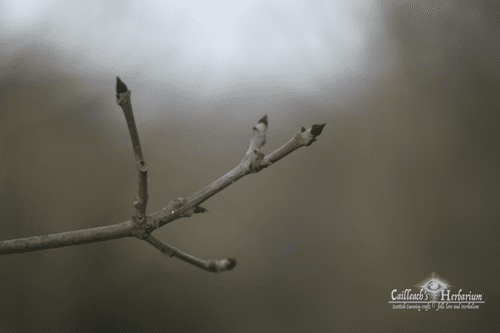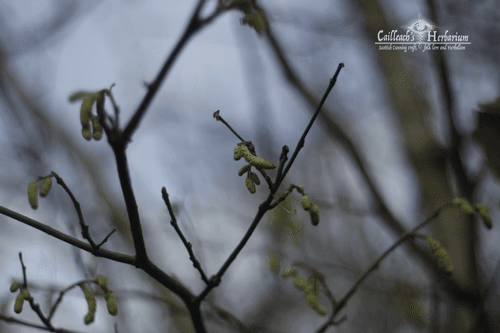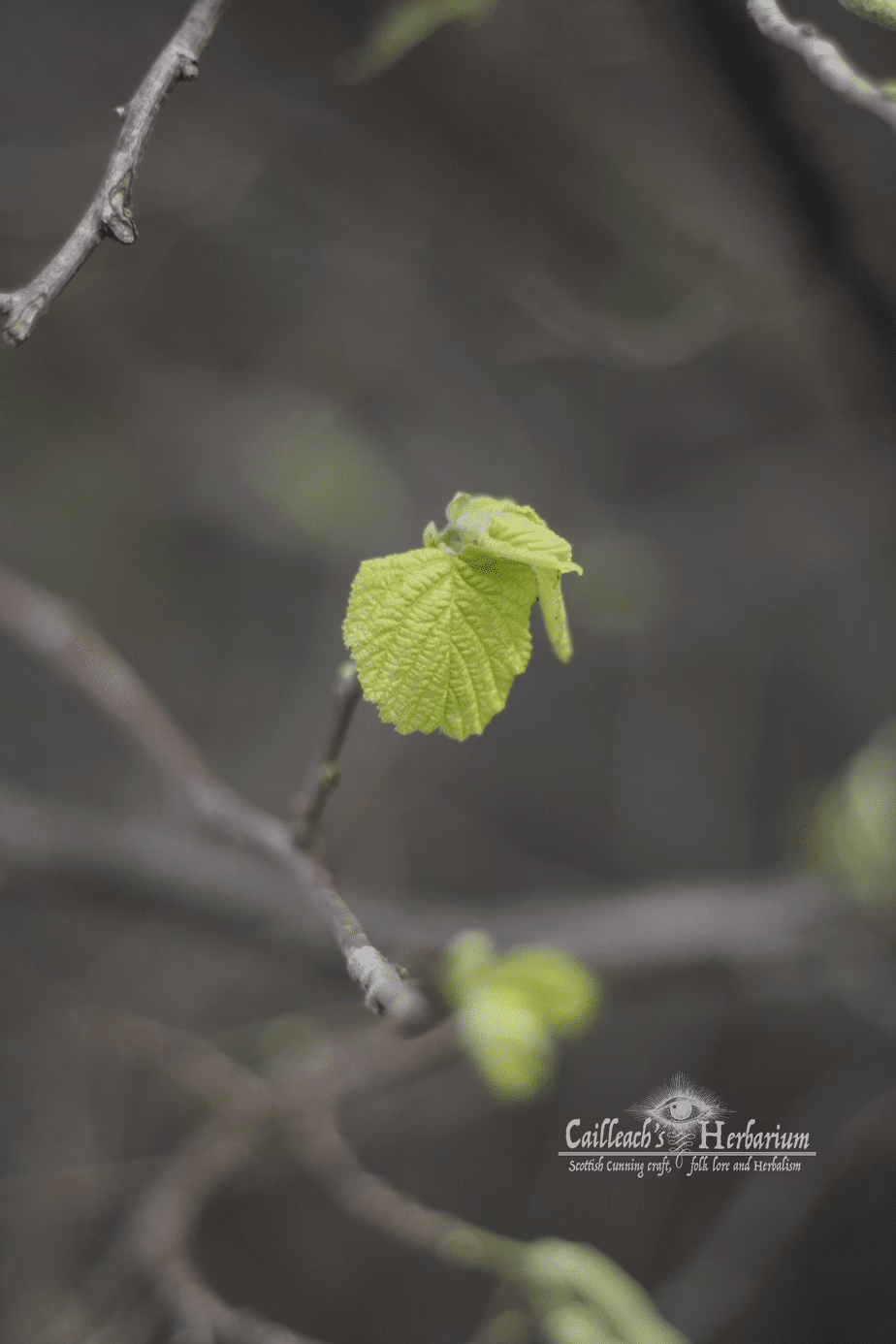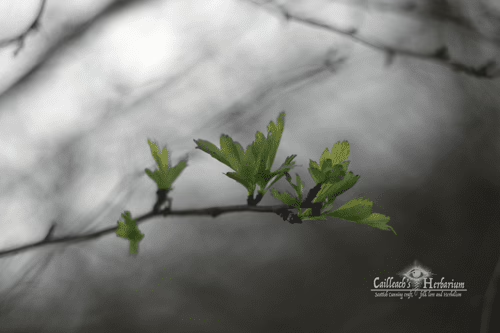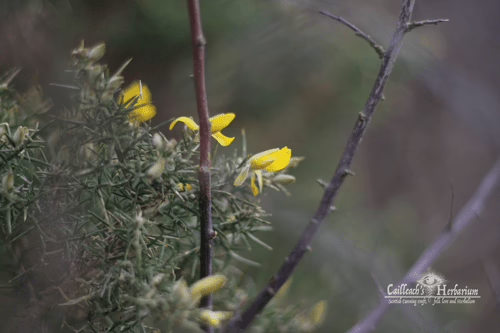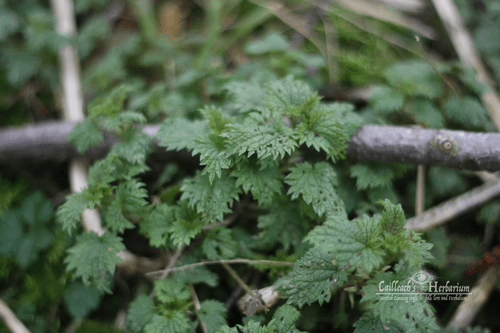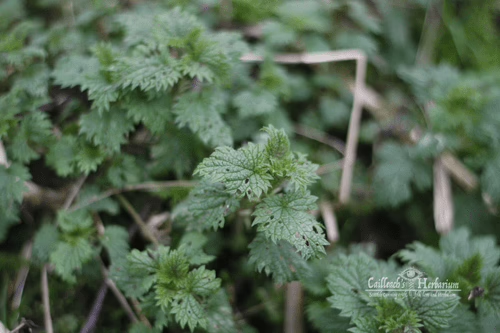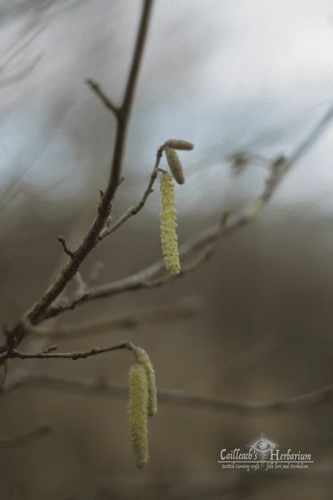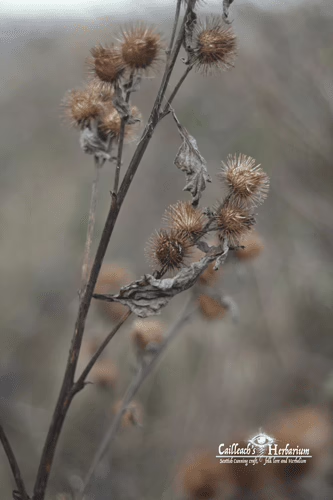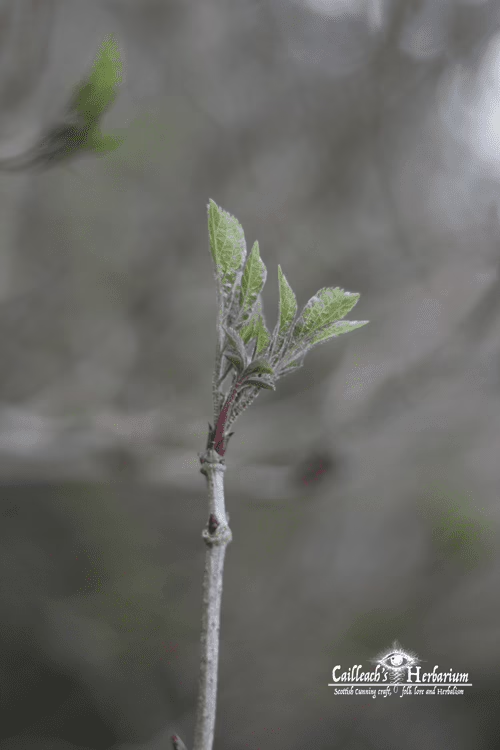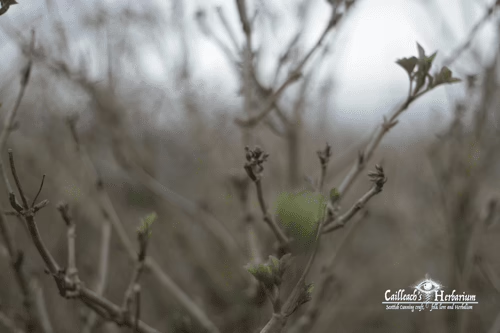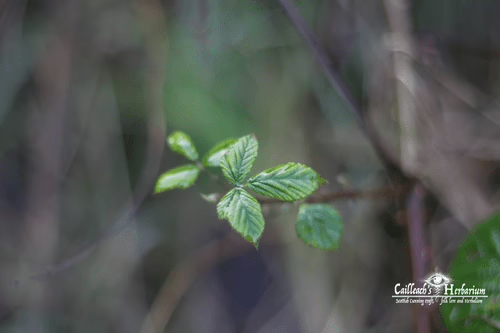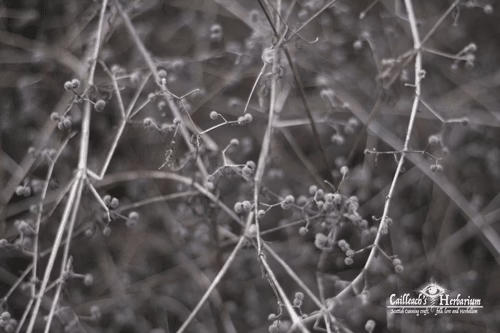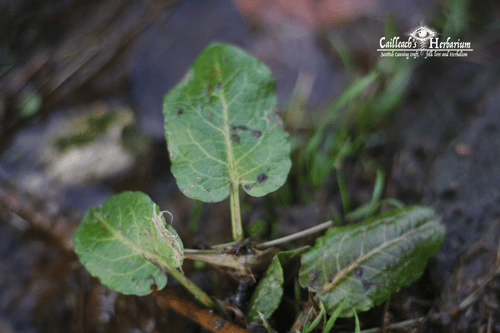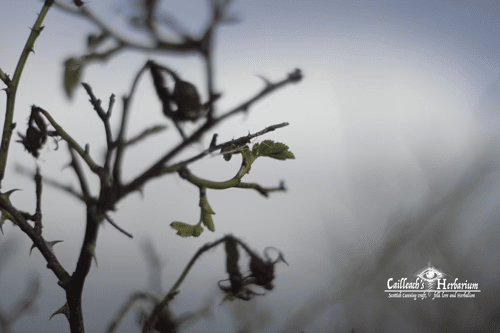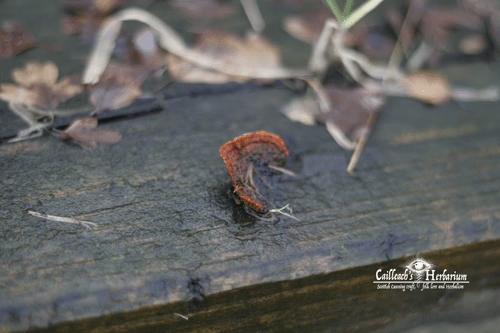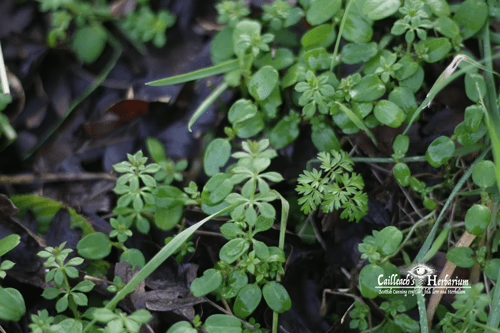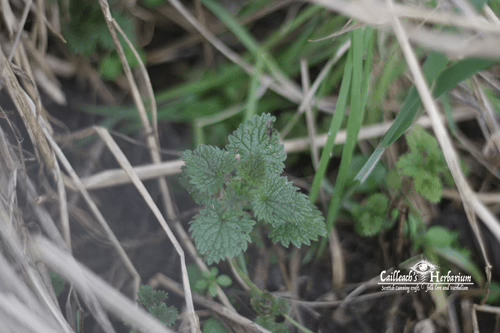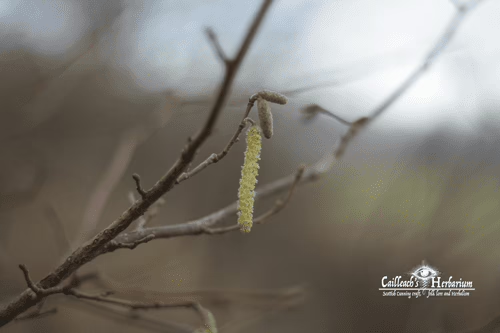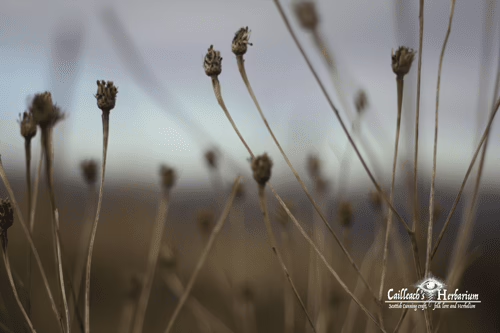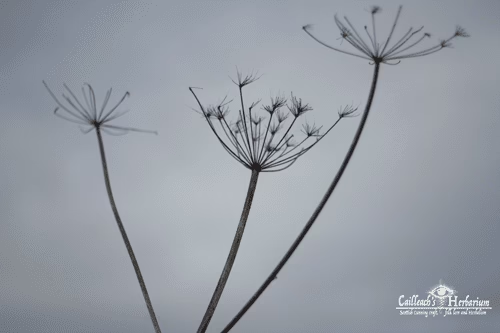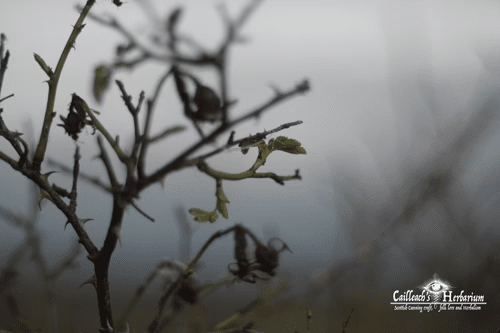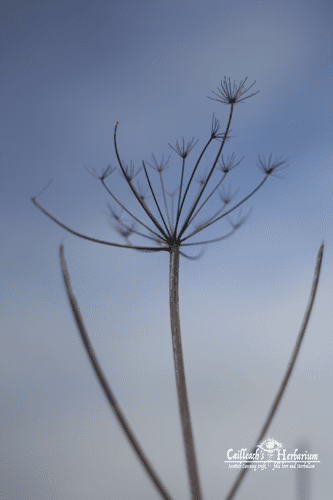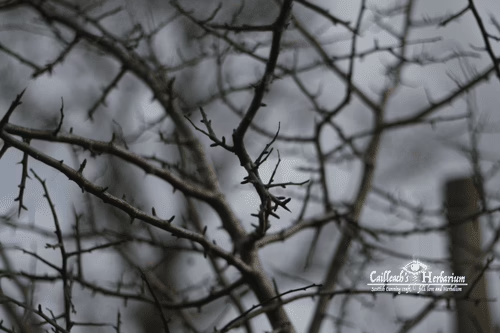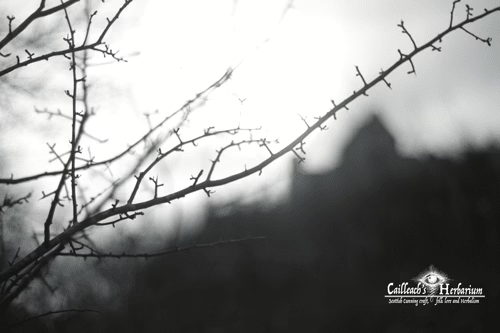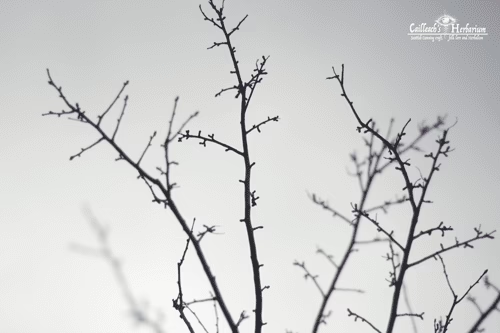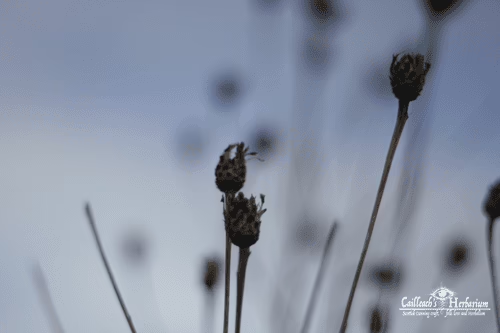February, Faoilleach, the wolf ravage. Imbolc and La Fheill Bride. The month of two halves. The beginning, a full on winter experience. By the end becoming a little easier going with clear signs of summer on its way. The weather though has been all over the place. The coldest it has been for some time, then usually sunny and warm, we will see what this year brings. Regardless, the snow has fallen. Coating the countryside on Valentines day, old plough break day, the date of old Candlemas, thick and heavy. The sky is a scene from an apocalypse movie. Dark grey rising to black clouds touching the bone white fields with the ploughed furrows. The paths through the woods are like lines on the hand, not read easily. Wrapped in layers and gloves and jackets, the snow on pause we decide it’s best to venture out.
I could make out farm vehicles taking feed to the animals. Dragging trailers outside through the snow. Early lambing is also taking place, but undercover and indoors, as is usual this time of year. I haven’t managed to see any lambs yet but I’m sure they’ll be out as time goes on. The ploughing is starting in areas where it’s not too wet or frozen. Manure and silage spread on fields. There’s definitely a unique smell to the air.
My eyes, close to the ground look up when the occasional gun shot punctuates my walk. It’s the closing of wild fowl shooting season near the end of February. Pheasant season having ended at the start of February just after Le Fheill Brid. Deer stalking happens through the year, usually at dawn or dusk. Not so much around us so I haven’t needed to be too worried about it yet. If I need to worry about it at all.
Returning the gaze to the ground I see first sight of plants, continuing to grow and push through the snow. There’s a lot going on. Between the ice and snow, the beginnings of cleavers, Meadowsweet, Nettles, Docks, Buttercups, and White Dead Nettles. Sweet Woodruff is coating the bare ground. Other low-lying plants such as members of the carrot family, including Cow Parsley and Water Hemlock, are starting to emerge.
Hemlock is one of the most poisonous plants in Scotland. Folks still die from it, thinking its parsnips or carrots. I’m not confident about wildcrafting members of this genus\species. I always think the purple colour is a sign of “do not touch” but I don’t know if this is correct… They all look so similar that I tend to avoid them altogether. I was always told if you’re not 500% sure of these plants you just shouldn’t go near them.
The giant hogweed (Heracleum mantegazzianum) I do know well. It is stirring surrounded by the tall dried out bodies of its comrades from last year. I always think it looks like the remains of an invading army. Their dried cylinder-like bodies still standing, a sure giveaway. I like this plant for its massive size, it can grow so tall up to 5.5 meters. Folks tend to avoid it because its sap can cause, photodermatitis, causing your skin to burn when exposed to daylight. It’s removed where found, usually for this “danger” to people. This non-native species is best avoided, but no danger unless you’re messing around with it whilst green and alive. It has uses in folk magic that reflect this effect on curious folk, but best gathered in gloves.
Looking up to the trees beyond the eye line of the giant Hogweed, the catkins of Hazel and Alder trees are out in force. The Hazel catkins are only one type, in the Alder tree you get both female cones from last year and the new male catkins, which help identify it. Alder is good for healing soil through nitrogen-fixing, also healing wounds in people, especially the catkins and bark. Hazel, the tree of wisdom, has many uses for its wood, nuts and also its leaves, helping to support the blood. A great use in folk magic also.
The leaves are also budding forth in the Hawthorn and the Elder. Again two famous folk magic trees. This is great news. One of my favourite teas contains the fresh greens leaves of Hawthorn. It helps with the heart, both emotionally and physically, and tastes great too. It was said that the Hawthorn is the fairy tree of legend, that Druids would turn their backs to it to curse folk. The Ogham of Hawthorn is also interesting. The H in Gaelic words, usually cancelling out the syllable that follows it might demonstrate s this use, who knows. Contrast this with the blackthorn. Its heavy wood made into clubs and weapons. Its berries sour and tannic. It tells you of its use without really having to look deeper.
One of my favourite ointments is made from spring Elder leaves. An insect repellent but also a wound healing ointment, perhaps part of the famous oil of swallows. It doest smell nice though and perhaps this is what it fell out of favour but why it repels insects. Some of the Elder trees, I have heard folk call Witch’s fingers. The older trees looking like arthritic fingers, clawing at the sky, covered in a lichen and moss. I like this name in reference to this tree. Sometimes you’ll also find Jews (Judas) ears Fungi growing in it. The Elder has so much folklore associated with it. It is an amazing tree. The leaves budding suggest Imbolc has arrived, its bloom lets me know summer is here. Once its berries are out in full force, I know for sure autumn and Lunastal is upon us. The same is said for the bright yellow buds of the gorse bush, they set the hills on fire with colour in summer, and their coconut like flowers smell amazing. Oddly, the flower most said to be associated with Bride by some, the Dandelion flower, I haven’t seen any of. It’s why it’s important to not take these correspondences for granted in your local area.
Looking at the lower bushes and shrubs. I see the leaves are also budding on the Dog Rose bushes that sit beneath them. Beneath these still are patches of Snowdrops growing. Also off to the sides are huge paths of Dog Mercury. A poisonous plant but a definitive sign of La fheill Brid is upon us.
We move away from the paths between the fields, into the deep of the woods. The smell of the forest is strong. The water helping liberate the smell of the soil humus, pine needles and other rotting vegetation and leaves. The odour of Patchouli always reminds me of this. Patchouli and Vetiver both remind me of the smell of Scottish forest with hints of pine and cedar. The snow adds crispness to it all, like citrus or mint. Something, I will try to emulate at home when diffusing oils. Some trees, near the edge of the woods, have blown over, due to storms we have had this year. They have been almost none stop all December and January moving from names beginning with A – H in a few months. There’s plenty of storm felled trees lying. Ripped up ivy, covered in its black berries, hanging somewhat limp from its splintered trunk. I’m always a little sad about this damage but then ponder, such things are the way of life. These logs become food for other things like insects and feed the trees and fungi around them.
Something the milder winter weather and all the rain has been good for is the fungi harvest. I stumble upon a log covered in Turkey Tail Mushrooms. Great for an immune system boost and would be a great addition to an immune boosting tinctures for colds and flu. Perhaps along with Old man’s beard (usnea). I make a note to come back and collect some, there are a lot. I’m not so sure about the use of mushrooms in folk magic, except the more psychoactive ones. I know they represent the otherworld coming through, in many regards associated with the Sith/Sidhe in many cases. I make a note to look it up.
The forest floor is covered in flattened old bracken, old spikes of the odd rusty red dock stalk or Mugwort stalk poke up here and there with, now dead, foxgloves near them.
The wind starts to howl again and the snow starts to come down thick and fast. So we move out of the forest and back into the fields. Some of the fodder crops are already sown in the fields covered in a fast increasing layer of snow. As we etch our way through the cold and rain around the edge of the field crops, back towards home we are getting increasingly soaked. As we near the end of the path leading back to the castle I notice the rubbish that was dumped there has been moved. Fantastic. I hate those who just dump their crap and don’t do anything about it. I can just make out the footprints of a bird, writing its name with foot prints, as it hopped into the road. Maybe showing its relief about this. The language of the birds indeed.
You can see more images taken with my camera below. I hope they might help in identification or inspire you to look around your own community.







